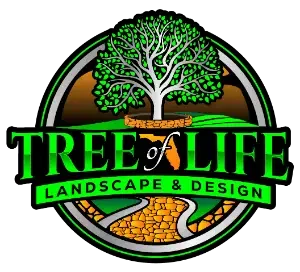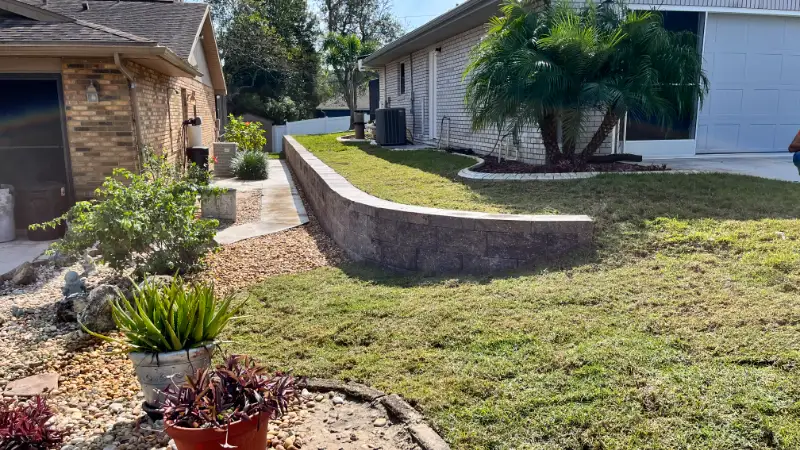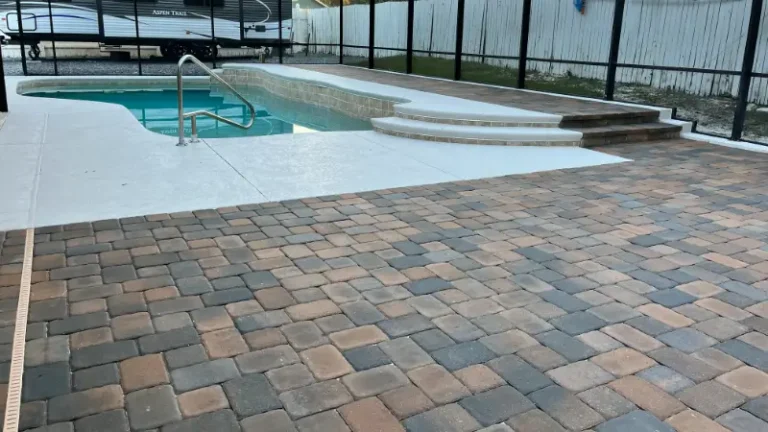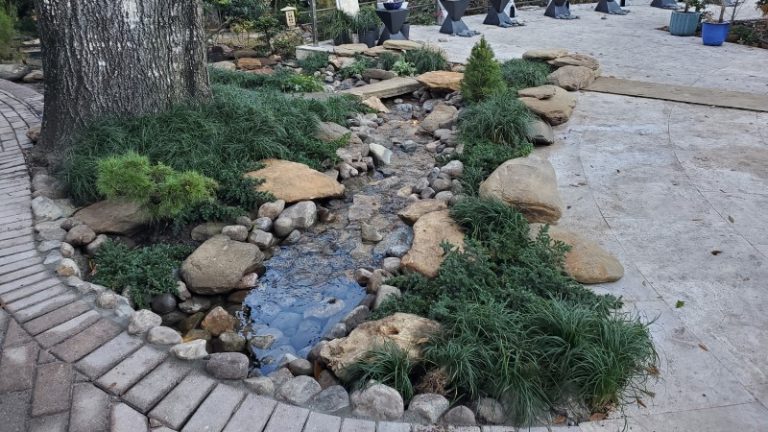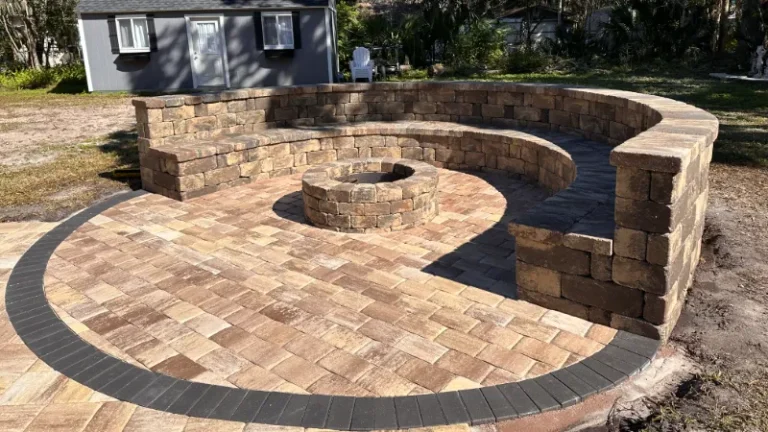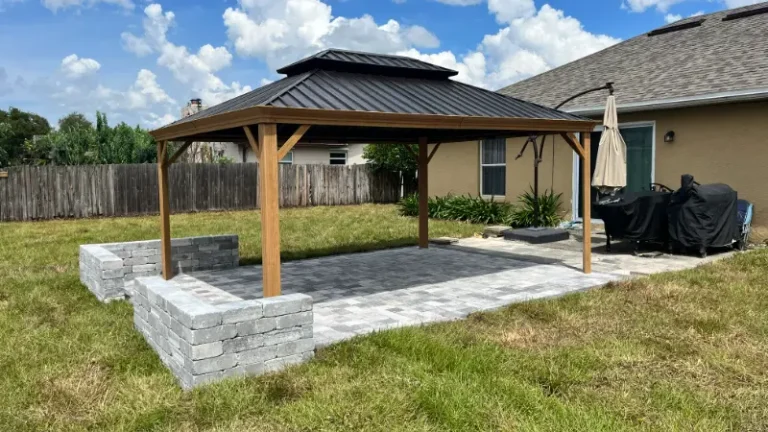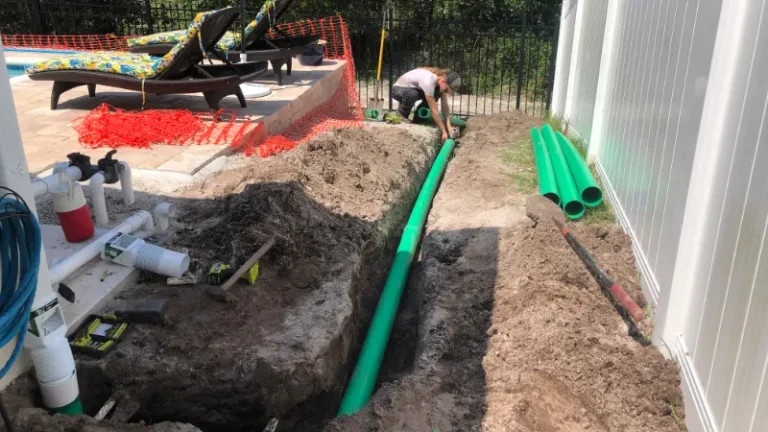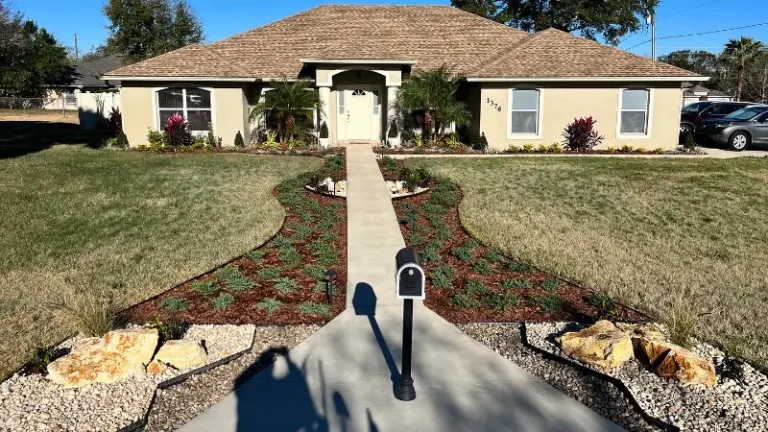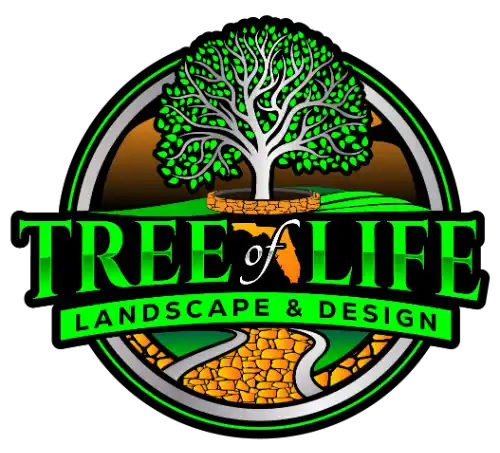The Ultimate Erosion Control Guide: Protecting Your Yard with Strategic Landscaping
The Ultimate Erosion Control Guide: Protecting Your Yard with Strategic Landscaping
Soil erosion is a common problem for homeowners, particularly in areas like Florida where heavy rainfall can wreak havoc on yards and gardens. Without proper erosion control, rainwater can wash away topsoil, damage foundations, and leave your landscape in disrepair. However, with the right combination of landscaping techniques, you can protect your yard from erosion while enhancing its natural beauty.
This guide will explore a variety of erosion control methods, from rain gardens and bioswales to dry creek beds and strategic plantings, offering practical solutions to help you design an erosion-resistant landscape. By incorporating these techniques, you can prevent soil loss, improve water management, and protect your home’s foundation.
Why Erosion Control Is Important
Before diving into specific techniques, let’s look at why erosion control is essential for homeowners. Erosion occurs when wind or water removes soil from its original location, and in regions with heavy rainfall, water erosion is the most significant concern.
Unchecked erosion can cause a variety of issues:
Soil Depletion: Over time, valuable topsoil can be lost, affecting plant health and reducing the fertility of your yard.
Foundation Damage: Water runoff and soil erosion near your home’s foundation can lead to cracks, shifting, and costly structural repairs.
Landscape Degradation: Erosion can damage landscaping features, wash away garden beds, and leave unsightly gullies and bare patches.
With these risks in mind, let’s explore strategic landscaping techniques that can help control erosion while keeping your yard looking beautiful and healthy.
Rain Gardens: A Natural Solution for Managing Water Runoff
One of the most effective ways to control erosion and manage stormwater is by installing a rain garden. A rain garden is a shallow, planted basin designed to capture and absorb rainwater runoff from roofs, driveways, and other hard surfaces. Instead of allowing rainwater to flow unchecked across your yard, a rain garden helps slow the water down, reducing soil erosion and promoting infiltration into the ground.
How Rain Gardens Work
Rain gardens are typically planted with deep-rooted native plants that thrive in both wet and dry conditions. The garden is designed with a slight depression that collects water during storms, allowing it to slowly filter into the soil rather than running off. This process reduces the risk of erosion by controlling the flow of water and preventing it from washing away soil and plants.
In Florida’s climate, where heavy rains are common, rain gardens are particularly beneficial. They help manage the large volumes of stormwater that can overwhelm traditional drainage systems, while also filtering pollutants from the water.
Designing a Rain Garden
To design an effective rain garden:
Choose the Right Location: Select a low-lying area where water naturally collects, but make sure it’s at least 10 feet away from your home’s foundation to avoid water damage.
Use Native Plants: Plants like Muhly Grass, Blue Flag Iris, and Swamp Milkweed are great choices for rain gardens in Florida. These plants have deep root systems that help absorb water and stabilize the soil.
Layer Your Plants: Use a mix of grasses, perennials, and shrubs to create a multi-layered planting system that helps slow down and absorb water more effectively.
Bioswales: An Eco-Friendly Way to Channel Water
A bioswale is another excellent option for controlling erosion and managing stormwater. Similar to rain gardens, bioswales are shallow, vegetated channels designed to capture and filter runoff. However, unlike rain gardens, which are typically smaller and designed to absorb water in one place, bioswales are used to move water across a landscape while allowing it to infiltrate the soil along the way.
Bioswales can be a perfect solution for larger properties or areas with significant water flow, as they help guide water away from structures and other vulnerable areas, such as slopes prone to erosion.
How Bioswales Work
Bioswales are typically lined with vegetation or mulch and have gently sloped sides to direct water flow. As water moves through the bioswale, it slows down and filters through the plant roots and soil, which reduces the speed of the water and prevents soil erosion.
Building a Bioswale
To create a functional bioswale:
Excavate a Shallow Channel: Start by digging a shallow channel where water naturally flows during rainstorms. The slope of the channel should be gentle enough to slow the water down but steep enough to encourage it to move toward its destination.
Plant the Channel with Native Vegetation: Use native plants and grasses that are adapted to both wet and dry conditions. Plants like Fakahatchee Grass and Saw Palmetto are excellent for bioswales in Florida.
Add Mulch or Rocks: Adding mulch or small rocks to the bottom of the bioswale helps slow water flow and protect the soil from erosion.
Dry Creek Beds: A Decorative and Functional Drainage Solution
Dry creek beds offer a visually appealing and highly effective solution for managing stormwater and preventing erosion. These rock-lined channels mimic the look of natural riverbeds and are designed to direct runoff away from problem areas in your yard.
Benefits of Dry Creek Beds
Not only do dry creek beds help control erosion, but they also add an attractive, natural element to your landscape. The rocks used in a dry creek bed slow down the flow of water, reducing its erosive power and allowing it to soak into the ground more gradually. Dry creek beds are also low-maintenance, requiring minimal upkeep once installed.
Designing a Dry Creek Bed
To create a dry creek bed:
Select the Right Location: Identify areas in your yard where water naturally flows during rainstorms. A dry creek bed can help channel water away from your home’s foundation or other vulnerable areas.
Excavate a Channel: Dig a shallow trench along the path of the water flow. The width and depth will depend on the volume of water the creek bed needs to handle.
Line the Channel with Rocks: Use a variety of rock sizes to create a natural-looking creek bed. Larger rocks should line the sides to prevent erosion, while smaller stones and pebbles can fill the bottom.
Add Decorative Elements: Enhance the look of your dry creek bed by adding plants, driftwood, or boulders for a more natural appearance.
Strategic Planting for Erosion Control
In addition to rain gardens, bioswales, and dry creek beds, strategic plantings can significantly reduce erosion by stabilizing the soil with deep root systems. Plants act as a natural barrier against erosion, anchoring the soil in place and absorbing excess water.
Best Plants for Erosion Control
When selecting plants for erosion control, it’s important to choose species that are well-suited to Florida’s climate and can tolerate both drought and heavy rain. Here are some ideal plant choices for erosion control:
Cabbage Palm: This native Florida tree has a deep root system that helps stabilize soil on slopes and in areas prone to erosion.
Firebush: A drought-tolerant shrub with bright orange-red flowers, Firebush is not only beautiful but also effective at preventing soil erosion.
Beach Sunflower: This groundcover plant spreads quickly and helps hold the soil in place, making it perfect for areas with light erosion.
Muhly Grass: With its dense root system and tall, flowing appearance, Muhly Grass is ideal for planting on slopes to reduce runoff and erosion.
Mulching and Rock Gardens for Added Protection
Mulching is a simple but effective way to prevent erosion by protecting the soil surface from rainfall impact. Mulch helps absorb water, reduce evaporation, and hold the soil in place. In areas where plantings may not be sufficient, you can also use rock gardens to create a barrier against erosion.
How to Use Mulch for Erosion Control
Apply a Thick Layer: Spread a 2- to 4-inch layer of mulch over your garden beds, particularly on slopes and areas where erosion is a concern. Organic mulches, like pine bark or wood chips, break down over time and add nutrients to the soil.
Reapply as Needed: Over time, mulch can break down or be washed away by heavy rain, so it’s important to reapply it regularly to maintain its effectiveness.
Grading Your Landscape to Direct Water Flow
Grading is a more advanced erosion control technique that involves reshaping your landscape to direct water flow away from vulnerable areas, such as your home’s foundation or garden beds. Proper grading ensures that water moves away from your home and toward natural drainage areas, like rain gardens or dry creek beds.
How to Grade Your Yard for Erosion Control
Evaluate the Slope: Walk around your yard and observe how water flows during a rainstorm. Identify low spots where water tends to pool and areas where erosion is already occurring.
Reshape the Terrain: Use a shovel or landscaping equipment to gently reshape the slope of your yard. The goal is to create a gradual slope that directs water toward drainage solutions like bioswales or dry creek beds.
Erosion Control for a Beautiful, Resilient Landscape
By combining methods like rain gardens, bioswales, dry creek beds, and strategic plantings, you can protect your yard from erosion while enhancing its natural beauty. These techniques not only prevent soil loss but also improve stormwater management, helping you maintain a healthy and sustainable landscape.
At Tree of Life Landscape & Design, we specialize in creating custom erosion control solutions that are tailored to the unique needs of Florida homeowners. Whether you need a rain garden to manage water runoff or a dry creek bed to prevent erosion on a slope.
Ready to solve your drainage and erosion problems once and for all? Contact Tree of Life Landscape & Design today (407) 506-8339 or fill out our online form for a consultation and take the first step towards fixing your drainage problems.
